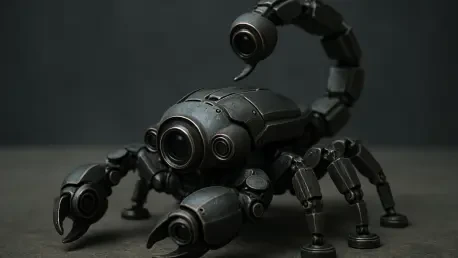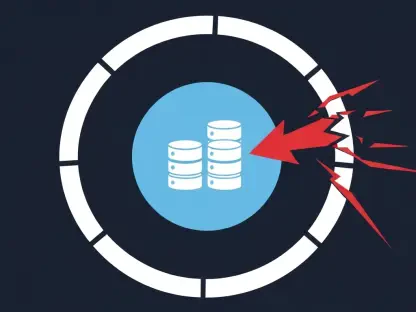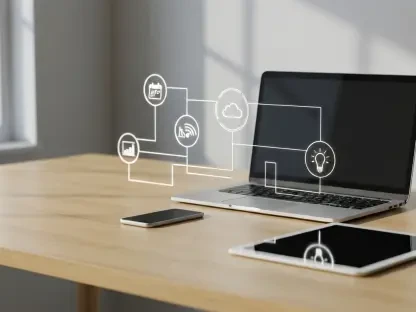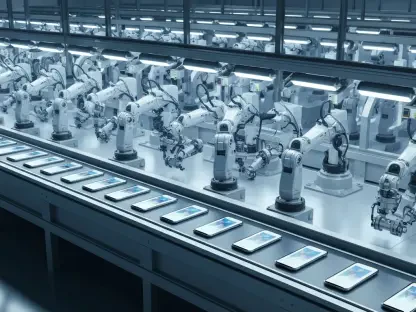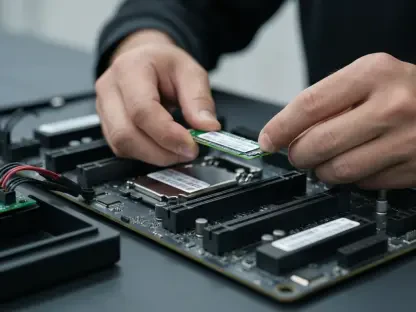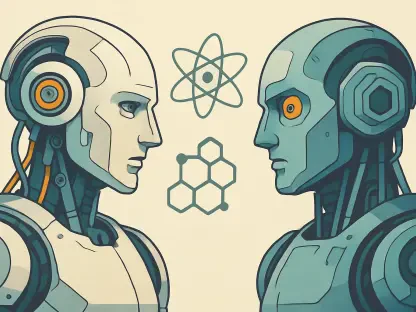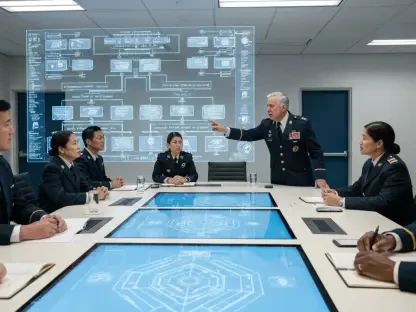Welcome to an exciting conversation with Oscar Vail, a trailblazing technology expert whose passion for innovation shines through in the fields of quantum computing, robotics, and open-source projects. Today, we’re diving into a fascinating intersection of nature and technology as Oscar shares insights on a groundbreaking development: scorpion-inspired pressure sensors for robots. In this interview, we’ll explore the inspiration behind mimicking a scorpion’s sensory systems, the intricate process of translating natural mechanisms into cutting-edge tech, the unique advantages of these sensors over traditional designs, and their potential to transform robotics and beyond. Let’s uncover how nature continues to guide the future of intelligent machines.
What sparked your interest in scorpions as a model for designing pressure sensors for robots?
Well, scorpions are incredible creatures when you look at how they interact with their environment. What caught our attention was their ability to detect even the slightest changes around them, whether it’s a predator sneaking up or a potential meal nearby. Specifically, their body is equipped with these tiny hair-like structures called trichobothria and flat slits on their shell known as slit sensilla. These features allow them to sense air movements and pressure shifts with astonishing precision. The idea came to us during a brainstorming session on bio-inspired robotics—we were looking for natural systems that could solve the sensitivity issues in current sensor technology, and scorpions just stood out as a perfect blueprint.
Can you walk us through how a scorpion senses its surroundings using these unique features?
Absolutely. Scorpions are like living sensors. The trichobothria, those hair-like structures on their pedipalps, are hypersensitive to airflow. Even a gentle breeze or a subtle movement nearby causes these hairs to vibrate, sending signals to the scorpion’s nervous system. Then there are the slit sensilla, which are these narrow openings on their exoskeleton. These slits pick up mechanical stress and pressure changes, helping the scorpion detect vibrations or direct contact. Together, these systems create a full picture of what’s happening around them, almost like a 360-degree awareness, which is something we desperately wanted to replicate in robotics.
How did you go about turning these natural sensing mechanisms into a functional sensor for robots?
It was a challenging but exciting process. We broke it down by mimicking the two key elements of the scorpion’s sensory system. For the slit sensilla, we designed what we call “stress traps”—tiny structures that concentrate mechanical stress in a way similar to how the slits work, amplifying even the smallest pressure changes. For the trichobothria, we created “flexure suppression units” to mimic the hairs’ ability to resist unwanted bending while still detecting subtle movements. Then, we integrated these components onto a computer chip, with the stress traps on top to boost sensitivity and the suppression units on the bottom to enhance accuracy. It’s like building a bridge between biology and silicon, combining nature’s design with modern tech.
What sets these scorpion-inspired sensors apart from the traditional silicon-based pressure sensors commonly used today?
Traditional silicon-based piezoresistive sensors have a big limitation: they struggle to balance high sensitivity with a wide operating range. You often have to sacrifice one for the other—if it’s super sensitive, it can’t handle a broad range of pressures, and vice versa. Our scorpion-inspired design overcomes this by leveraging nature’s dual-mechanism approach. The stress traps give us that hypersensitivity to tiny changes, while the flexure suppression units ensure stability across different pressure levels. This means our sensors can detect a faint airflow and still function under more intense conditions, which is a game-changer for applications like robotics where adaptability is key.
Tell us about the real-world experiments you conducted with these sensors on six-legged robots. What stood out to you?
We wanted to see how these sensors would perform in a dynamic setting, so we mounted them on six-legged robots and paired them with a deep learning network to process the data. We set up scenarios where cardboard boxes acted as either “predators” or “prey.” When a large box approached as a predator, the robot sensed the pressure change in the air and bolted away to escape. When a smaller box was nearby as prey, it quickly moved toward it. What really surprised me was how fast and accurate the reactions were—it was almost like watching a real scorpion navigate its territory. The robots’ ability to interpret and respond to their surroundings in real time was beyond what we expected.
In what ways do these sensors enhance a robot’s ability to interact with and understand its environment?
These sensors give robots a much deeper sense of their surroundings, almost like a tactile awareness that goes beyond cameras or basic touch sensors. For collision avoidance, they can detect subtle air pressure changes before an object even gets close, allowing the robot to adjust its path proactively. They’re also a huge asset in challenging environments—think dark spaces, smoky areas, or dusty construction sites where vision-based systems fail. The sensors help robots “feel” their way through these conditions by picking up on airflow and pressure shifts, making them more autonomous and reliable in situations where humans can’t easily intervene.
Looking beyond robotics, where else do you see this technology making an impact?
The potential is enormous. In healthcare, for instance, these sensors could revolutionize monitoring devices. Their high sensitivity could detect faint signals like a weak heartbeat or a subtle pulse, providing more accurate diagnostics. They could also play a role in industrial systems, where precise pressure detection is critical for safety and efficiency, or in human-machine interfaces, making wearable tech more responsive. Honestly, any field that relies on detecting minute changes in pressure or airflow could benefit. It’s exciting to think about how this bio-inspired approach might open doors we haven’t even considered yet.
What’s your forecast for the future of bio-inspired technologies like these in shaping the next generation of robotics and beyond?
I’m incredibly optimistic about the trajectory of bio-inspired technologies. Nature has had millions of years to perfect its designs, and we’re just scratching the surface of what we can learn from it. In robotics, I foresee a future where machines aren’t just programmed to perform tasks but can truly adapt to their environments with the kind of intuitive sensing we see in animals like scorpions. Beyond robotics, I think we’ll see more industries—healthcare, energy, even urban planning—turning to nature for solutions to complex problems. The next decade will likely bring a wave of hybrid technologies that blend biological principles with cutting-edge engineering, creating systems that are smarter, more sustainable, and more in tune with the world around us.
